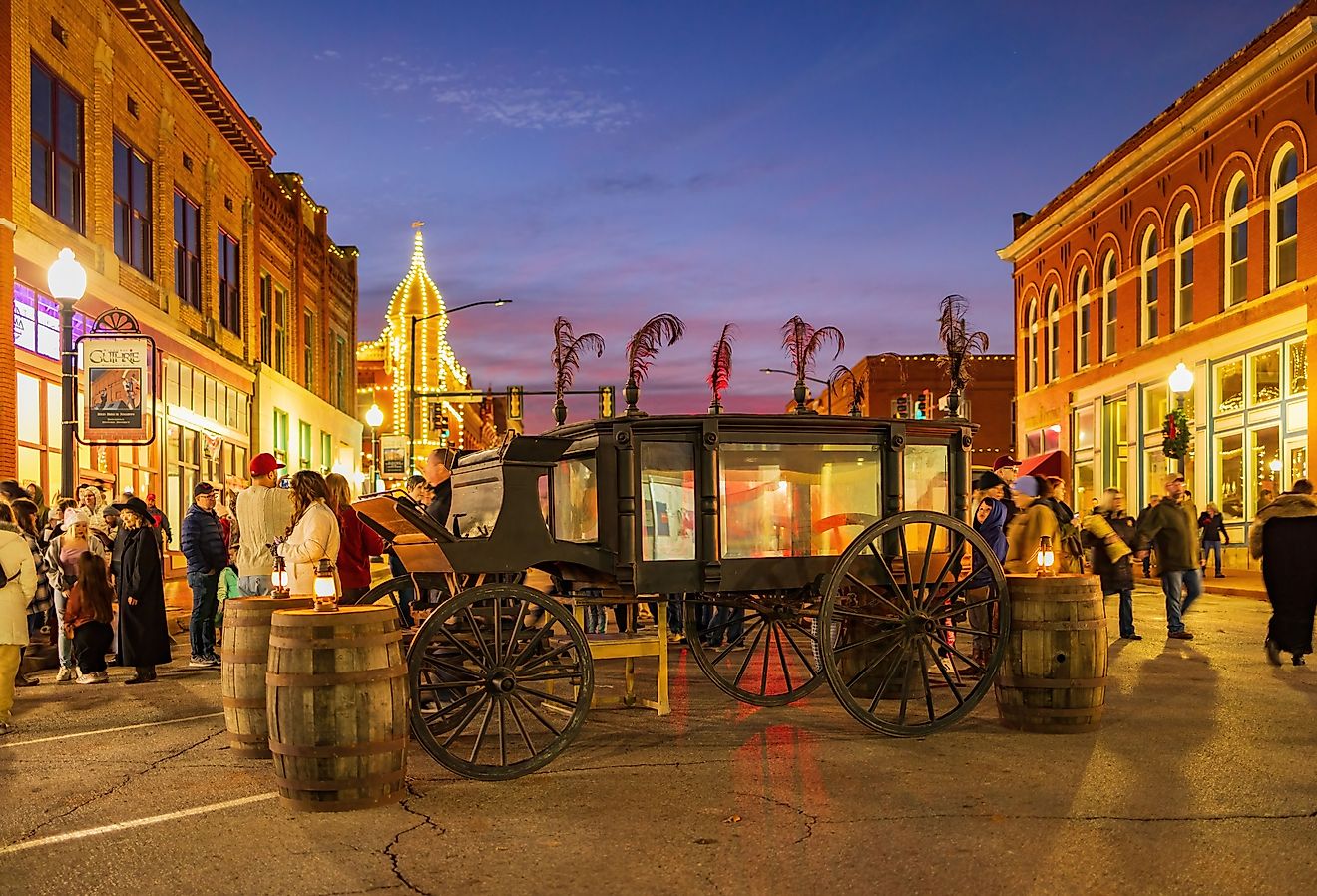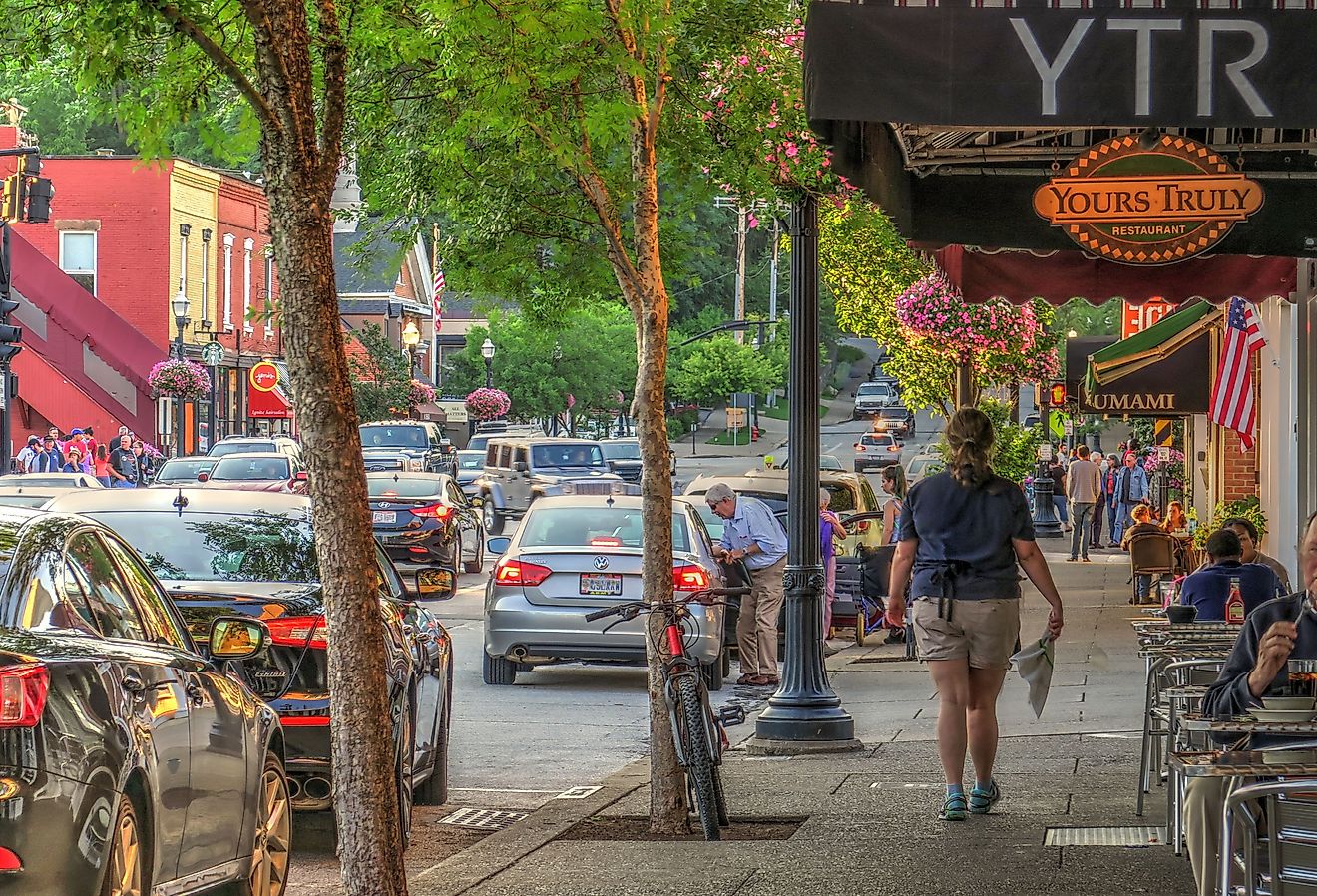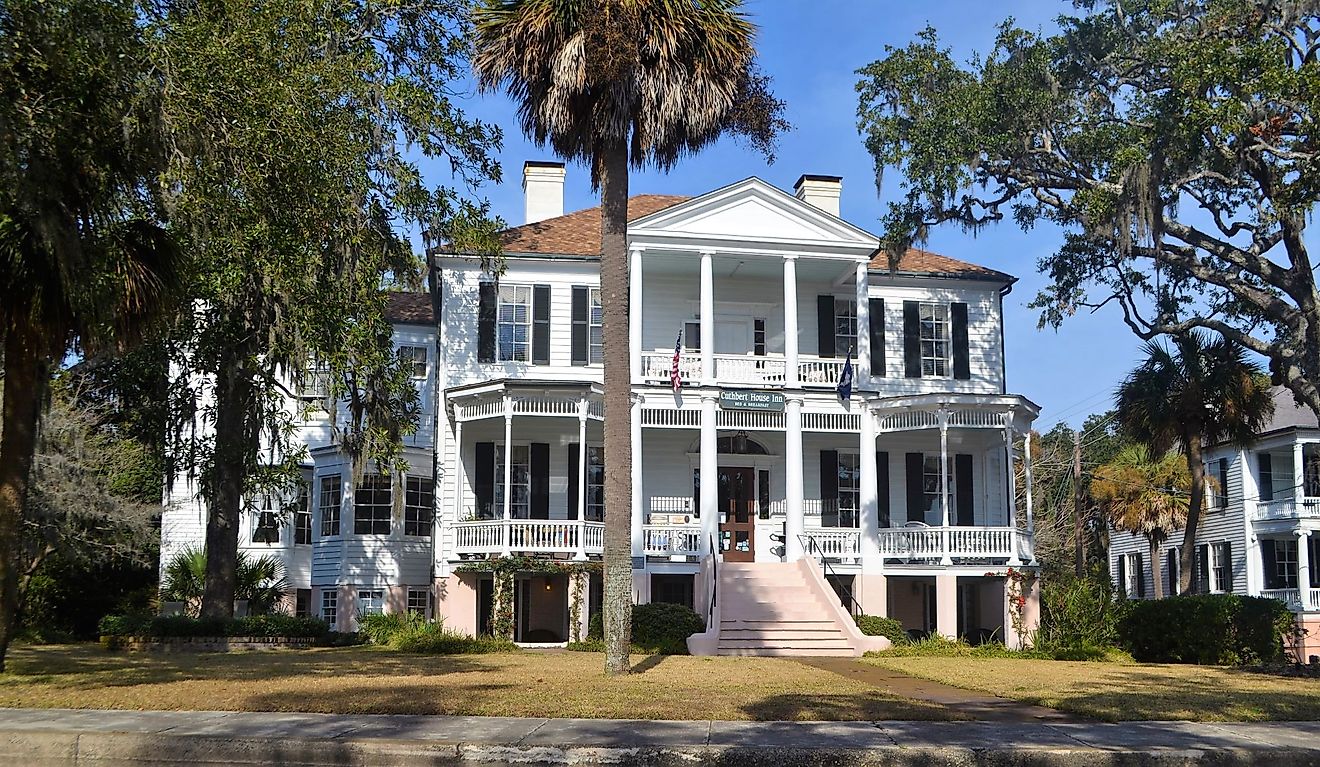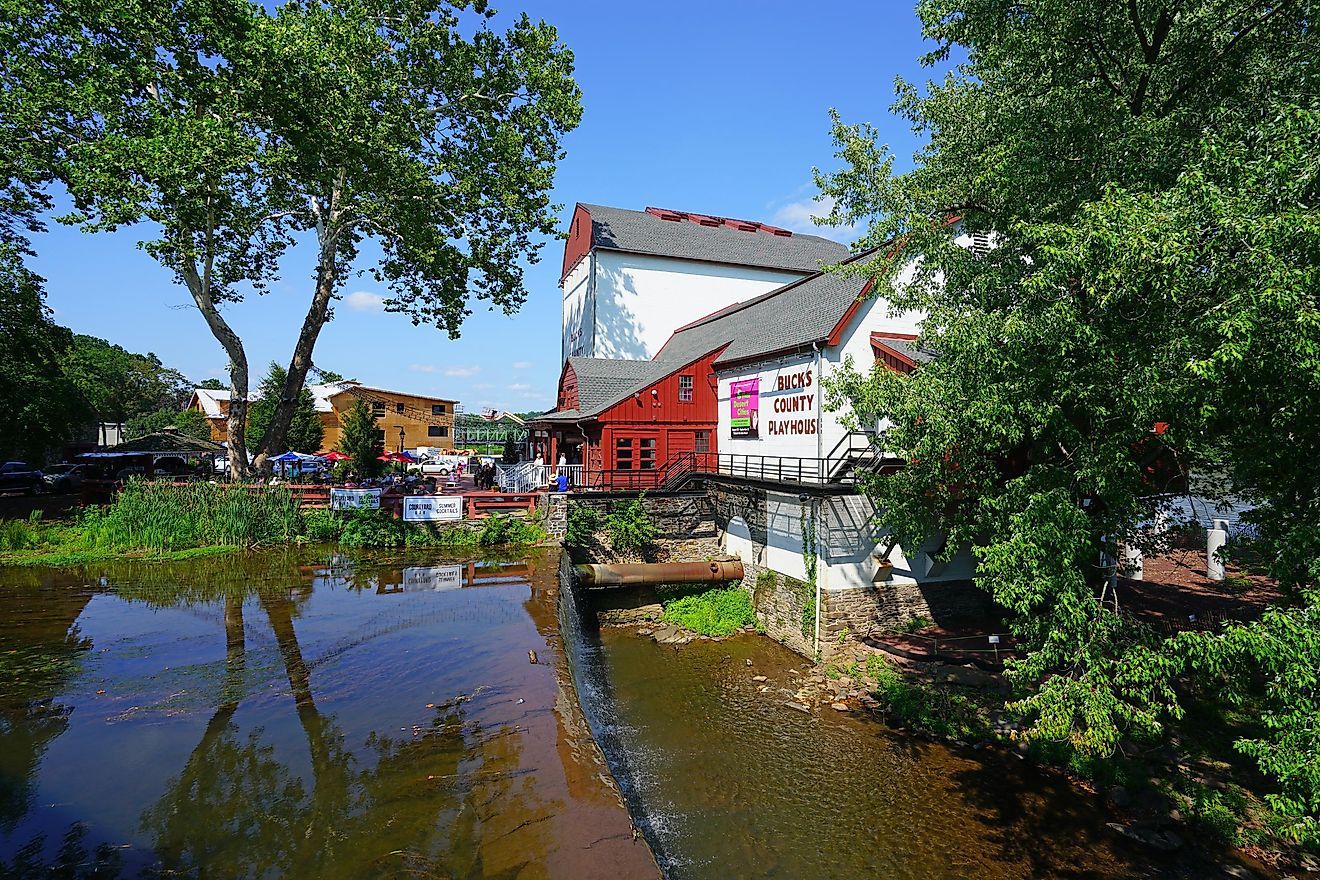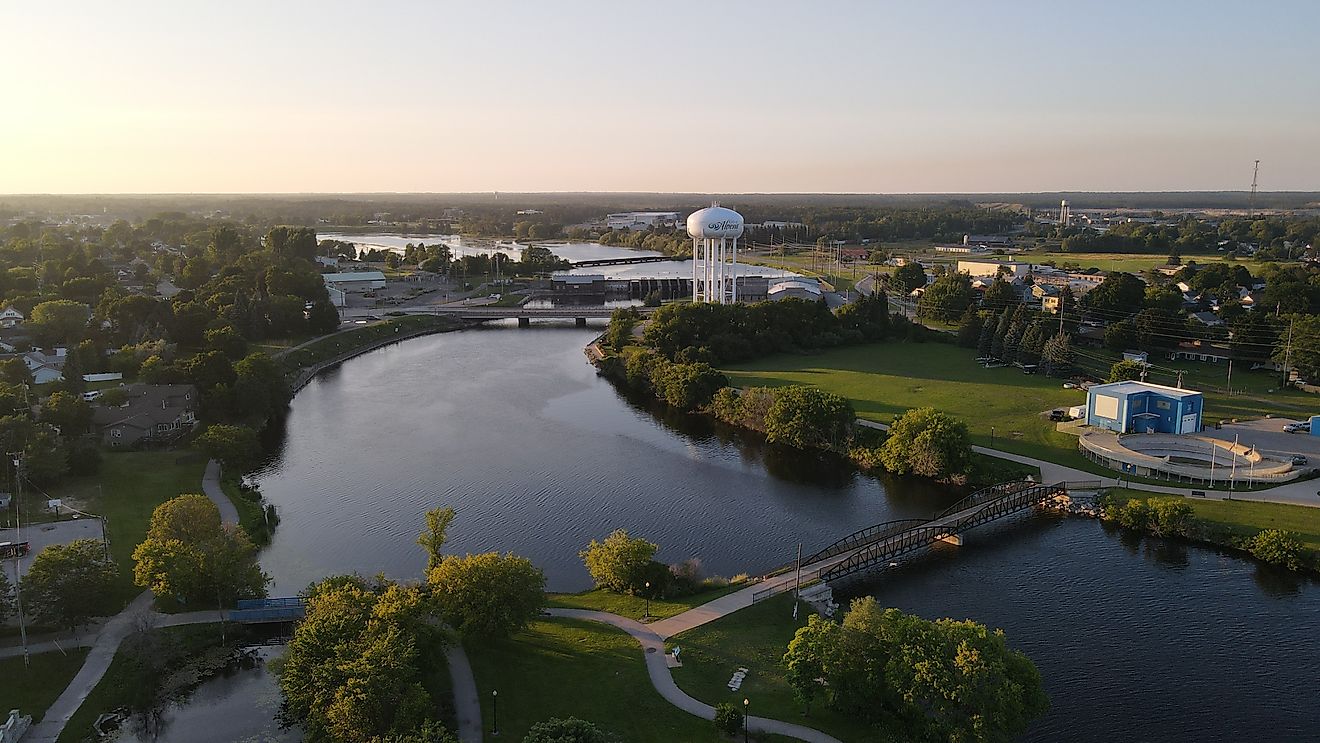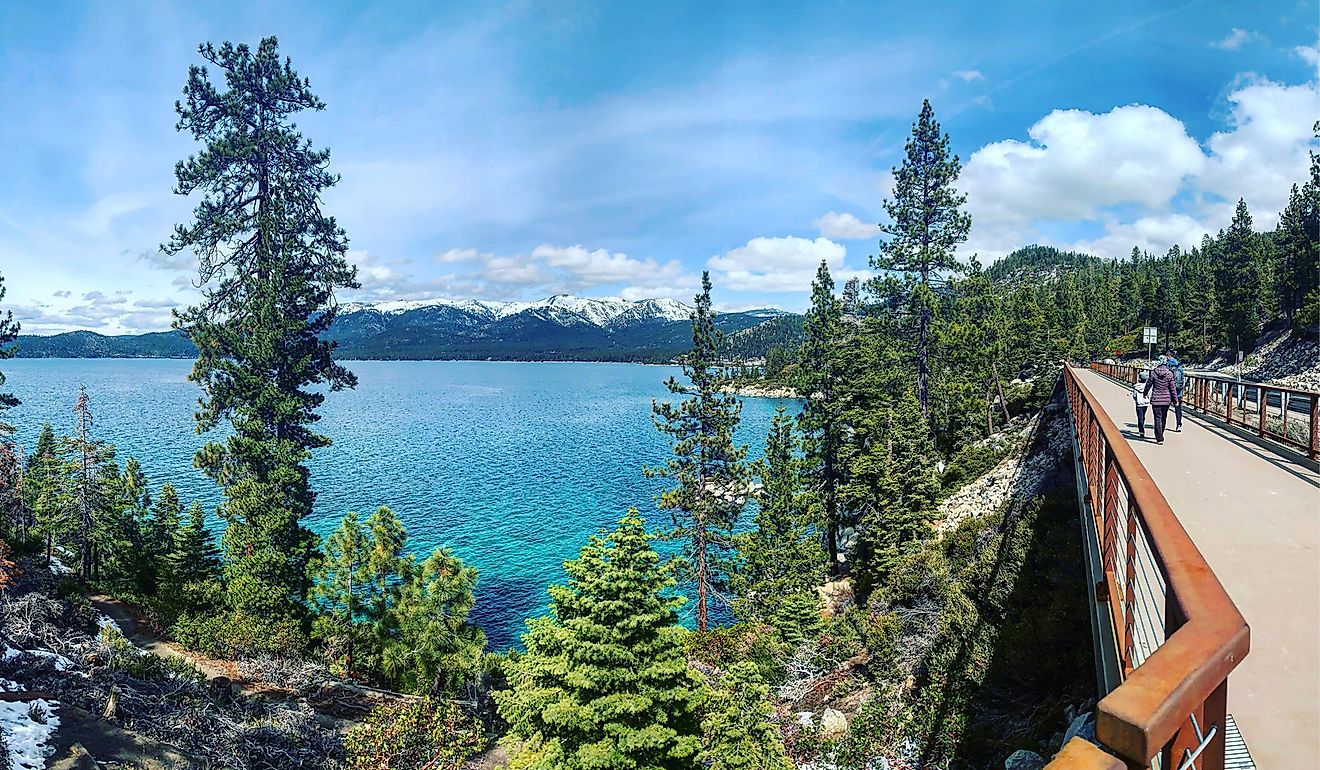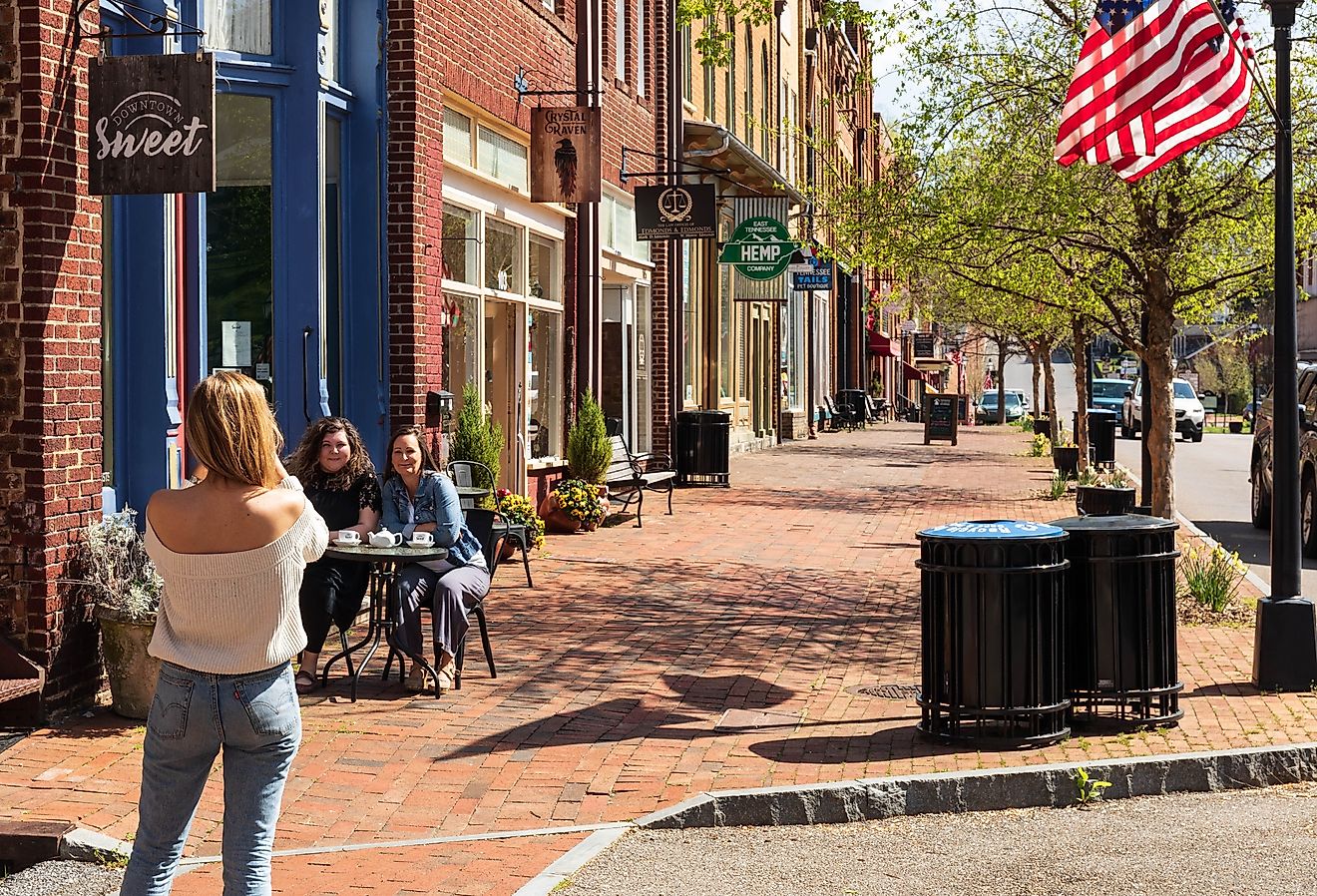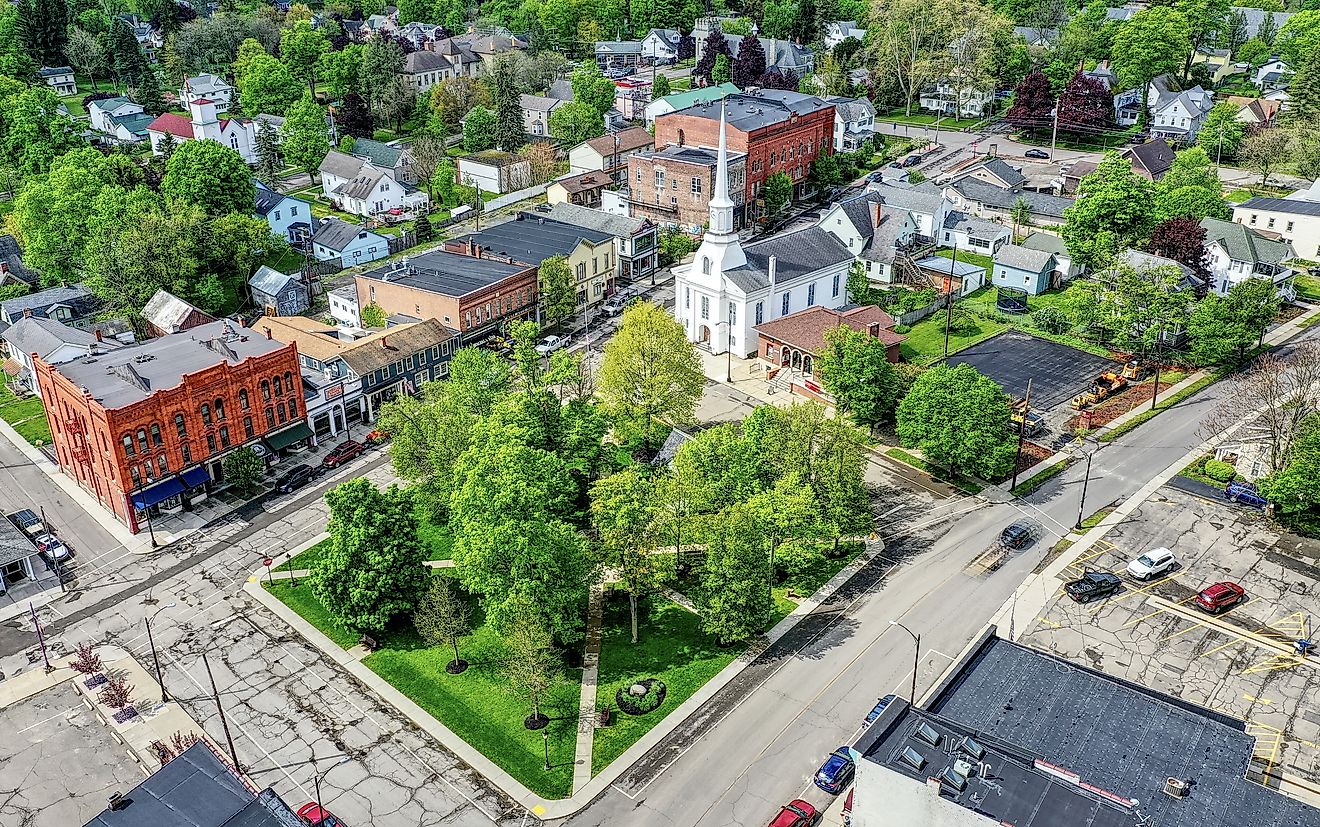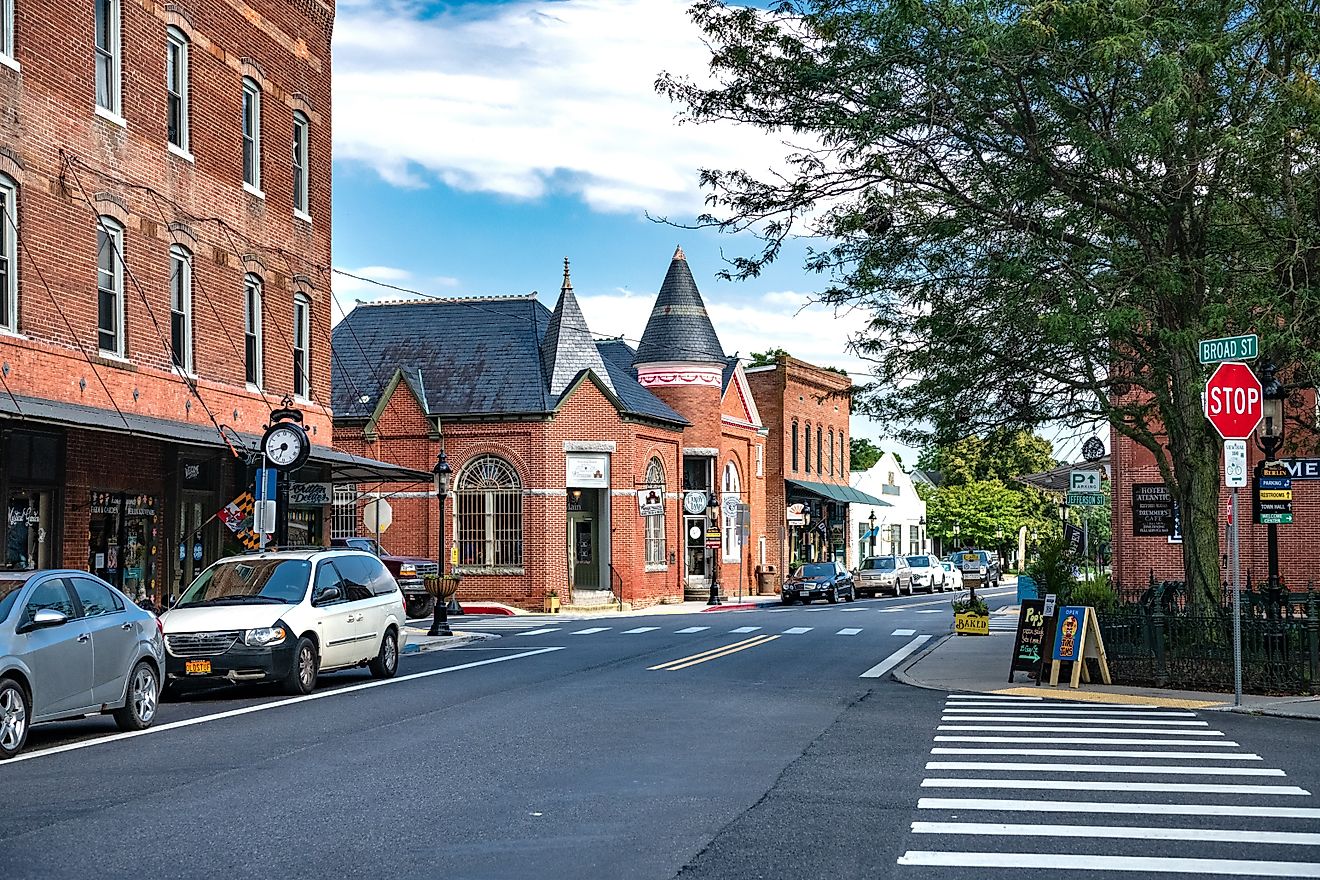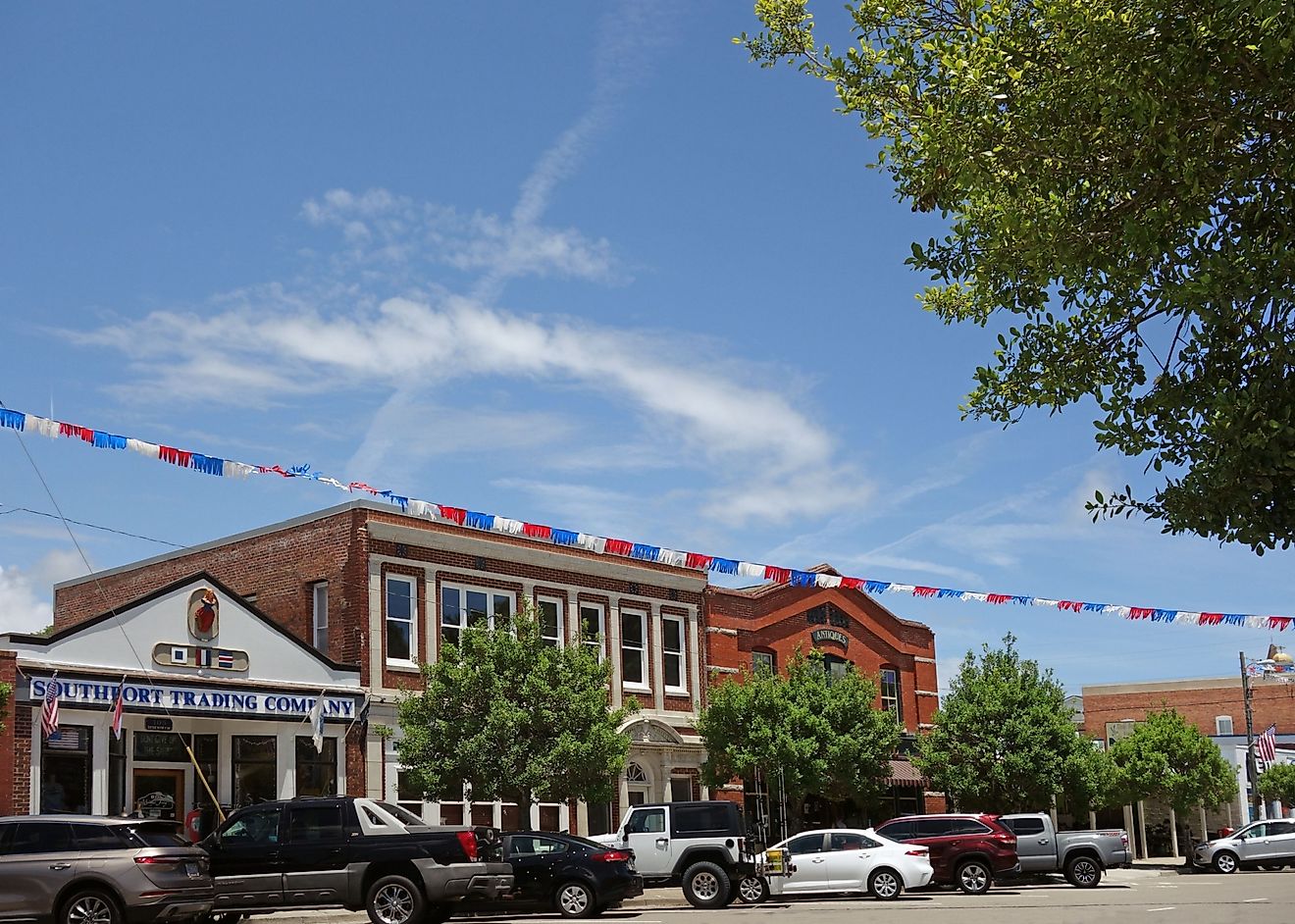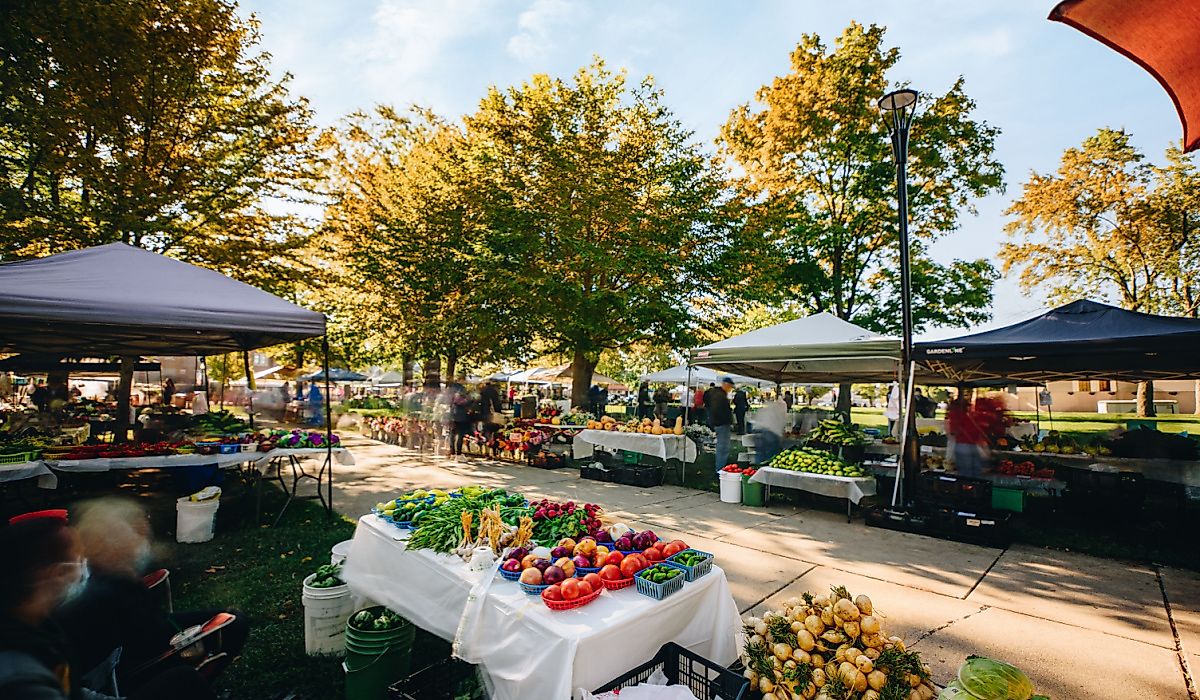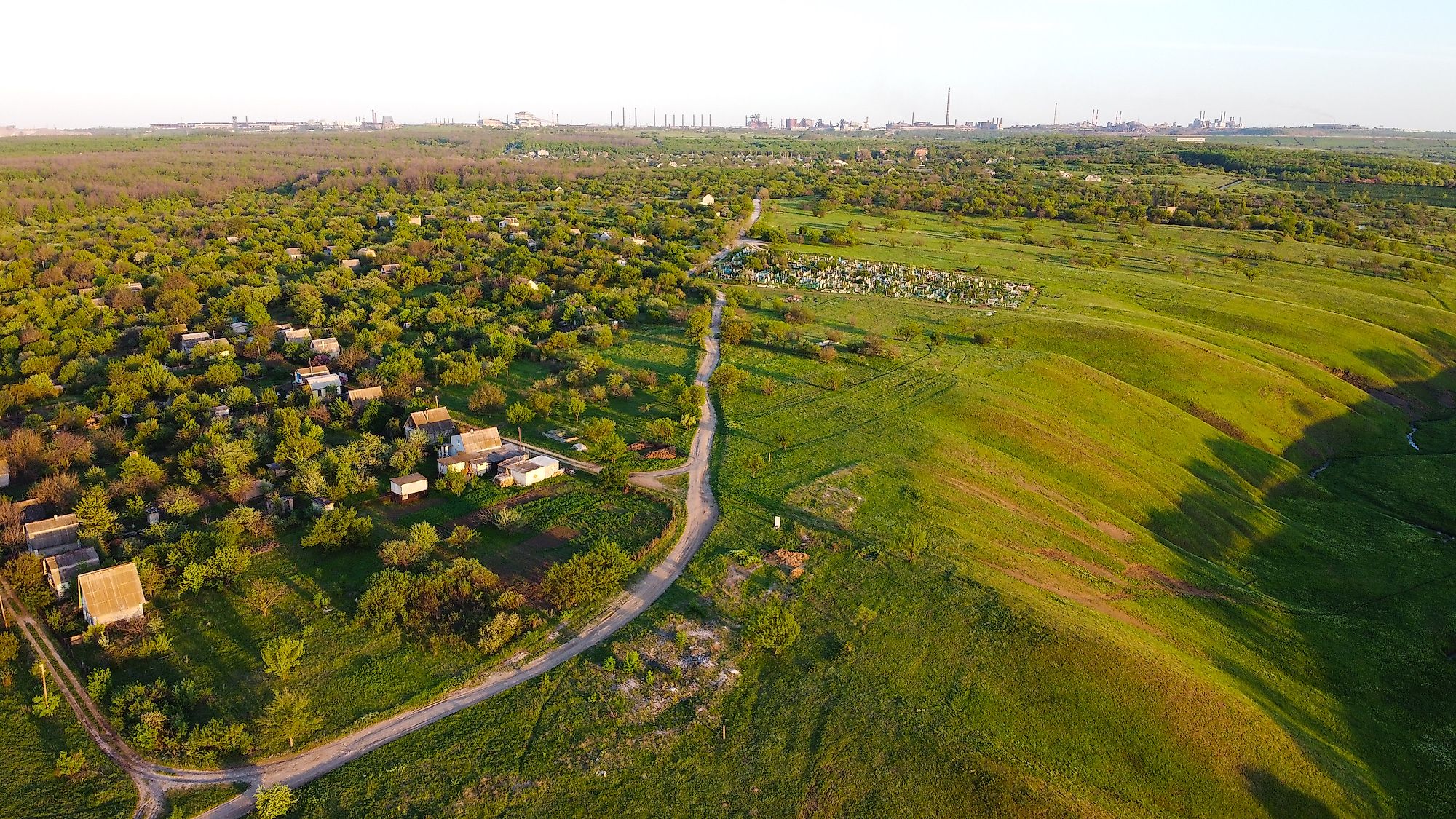
Alchevsk, Ukraine
Lying in the south-western part of Luhansk oblast, Alchevsk has been under the pro-Russian separatists' occupation, the so-called 'Luhansk People's Republic' since 2014. Founded in 1895 with the establishment of the Donetsko-Yuryevsky ironworks, Alchevsk's plant developed into a large, integrated ironworks and steelworks, thriving through the 1950s and '60s. Having been a major bituminous-coal mining center, today's economy is dependent on the OJSC "Alchevsk Iron & Steel Works" and the "Alchevsk Coke-Chemical Plant" companies. It is one of the largest industrial centers in the Donbas, representing a quarter of the entire oblast's production.
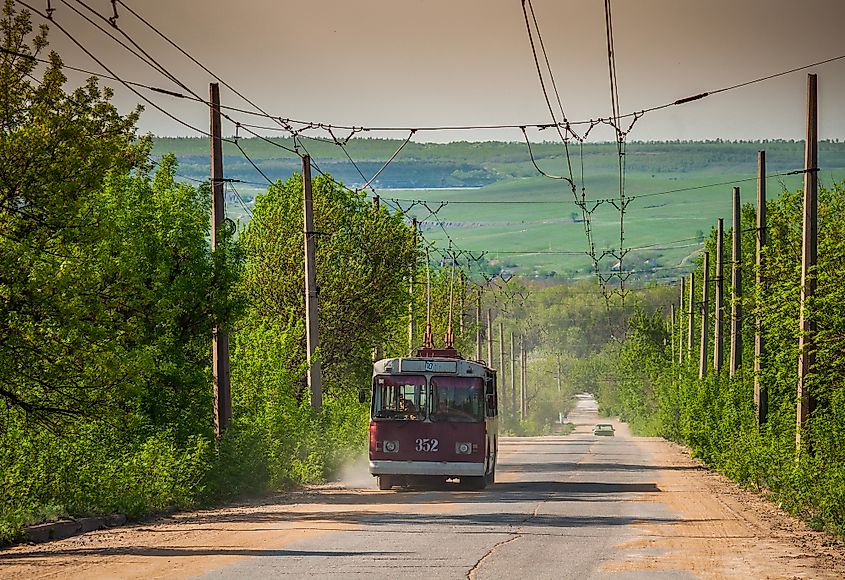
Forty-five km west of Luhansk, the city is connected to the region via the through-running Highway M-04 and the Debaltseve–Luhansk double-tracked and electrified rail mainline. Alchevsk was established on an even plain that gently slopes to the northeast at the upper reaches of the Bila River that is the right tributary of the Luhanka River. Despite its large industry, the city has refreshingly attractive greenery thanks to the temperate climate and attendance by a special gardening service. A variety of trees such as oak, chestnut, maple, poplar, and aspen line the streets of Alchevsk.
History Of Alchevsk
Alchevsk was established as a settlement for workers in 1895 during the construction of a metallurgic plant close to the Yekaterininskaya Railway's Yuryevka station or Kommunarsk station. The Donetsk-Yuryevsky Plant or the "Alchevsk group of metallurgical plants" was founded by Alexey Kirillovich Alchevsky, the famous Ukrainian manufacturer, businessman, banker, and art patron. As the only plant of its kind in the nation, the settlement thrived until the end of the 19th century. Due to the economic crisis of the early 20th century, the inability to compete with foreign companies in Donbas, and the Tsar's government refusing to grant him a loan, Alchevsky threw himself under a train at Tsarskoselsky railway station in St. Petersburg on May 7, 1901. Following the event, the fallen plant shares were passed onto French-Belgian companies. In 1903, the Russian industrialists requested to rename the station of Yuryevka into Alchevskoye, with the settlement of workers receiving the same name and gradually turning into a town.
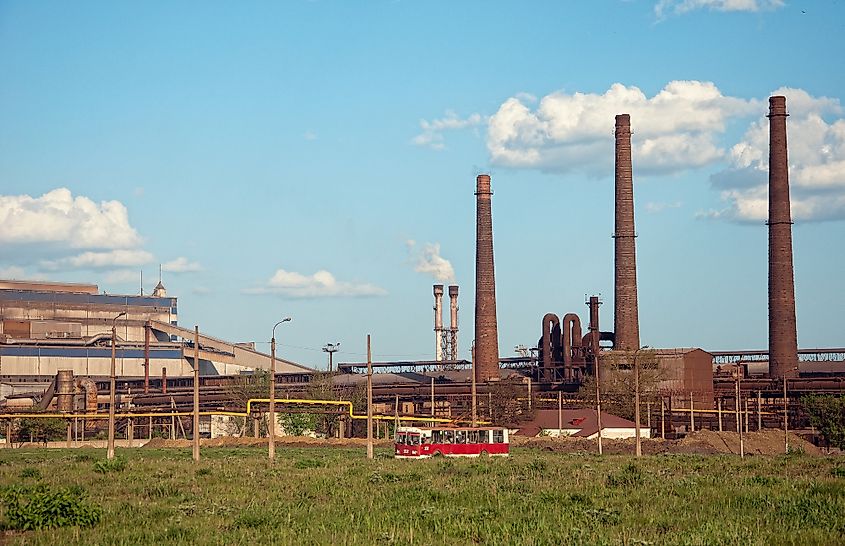
Nationalized by the Soviet state, the Alchevsk Metallurgical Complex temporarily seized to run when the state had no funds to invest and operate it, while the workers were reassigned elsewhere. The population drop-down to 8,000 by the end of 1923 doubled in a year following the plant's reopening in 1926, while the ethnic composition revealed 58.9 percent of Russians, 27.3 percent of Ukrainians, and 5.3 percent of Jews. Renamed again in 1932 after the Soviet statesman, K.Ye. Voroshilov, into Voroshilovsk, the city's status also changed with the man who started his career and revolutionary activities there. From 1957 to 1961, it was known as Voroshilovsk-Alchevsk, and then until 1991, it was called Kommunarsk. Upon proclaiming independence from the Soviet Union, a referendum was held on December 1, 1991, with the local population voting to return the city its historical name after its initial investor. At the end of the Soviet period in 1989, the population of Alchevsk comprised 125,000, with the two main ethnicities split 50.4 percent Russian and 45.9 percent Ukrainian. By 2020, the population of one of the largest industrial centers of Donbas has dropped to 107,000.
City Plan Of Alchevsk
Alchevsk is about 8 km by 8 km with an irregularly shaped area covering 49 sq. km, with the mainline railway running from the southwest, passing just north of the center, and onto the east-northeast. The industrial belts along the railway include the coke-chemical plant, the smelter, and the rolling mills, with heaps of stony waste matter near the tracks at the opposing ends of the city's limits. The M-04 Highway runs from Donetsk to Luhansk through Alchevsk's center. Zhylivka, the city's northern district and a former village with residential and industrial development, is home to the railway passenger station for Alchevsk, called Komunarsk.
Open fields, settling ponds in the west, and slag heaps to the east comprise the city's outer limits. In a wooded area to the north, two outlying settlements, Administratyvnyi and Bryketnyi, are connected via a roadway tunnel under the tracks and part of the steel plant to the rest of the city. The mostly developed and populated areas lie south of the mainline tracks and the industrial belt. They include the small Old City and the large New City further south, along with the residential district Vasylivka east of the Old City and the large Lyman district east of the New City. One will find large apartment buildings in the north part of the New City and the Lyman district and individual residential housing in their southern peripheries.
The Urban Centre

Along with the old buildings, the Old City is filled with historical attractions, the most notable of which is the entranceway into the steel plant, consisting of a square with the sculpture of Oleksii Alchevsky's upper-half-portion, and a memorial square to the victims of Fascism, across. The Museum of the History of the Alchevsk Metallurgical Plant is housed in a factory director's building from the late 19th century, with the Scientific-Technical Library to the east. Half-kilometer to the southeast lies the central city market, and east of that, the Saint Nicholas's Cathedral, followed by the residential district of Vasylivka, stretching for 3 km in single-story houses. The Bila creek with several ponds joins Bila River in the east, separating the Old City and Vasylivka from the southern New City.
From air, the New City is a grid of wide streets and avenues of the multi-story apartment blocks' and institutions' sky-reaching roofs, with parks and low-leveled sports facilities in between. The newer buildings get higher and the streets wider to the east of the new city, a.k.a., the northern half of the Lyman district. The attractions include the Donbas State Technical University Library with several halls, the Geology-Mineralogy Museum, and the Archaeological Museum, bordering the Old City. The city courthouse, the city hall, the central city library, and two large churches, the Saint George's Church and the Church of the martyrs Faith, Hope, and Love, and their mother, Wisdom, can be found in the northern part of Lyman district, along with two smaller markets.
Cultural Attractions In Alchevsk
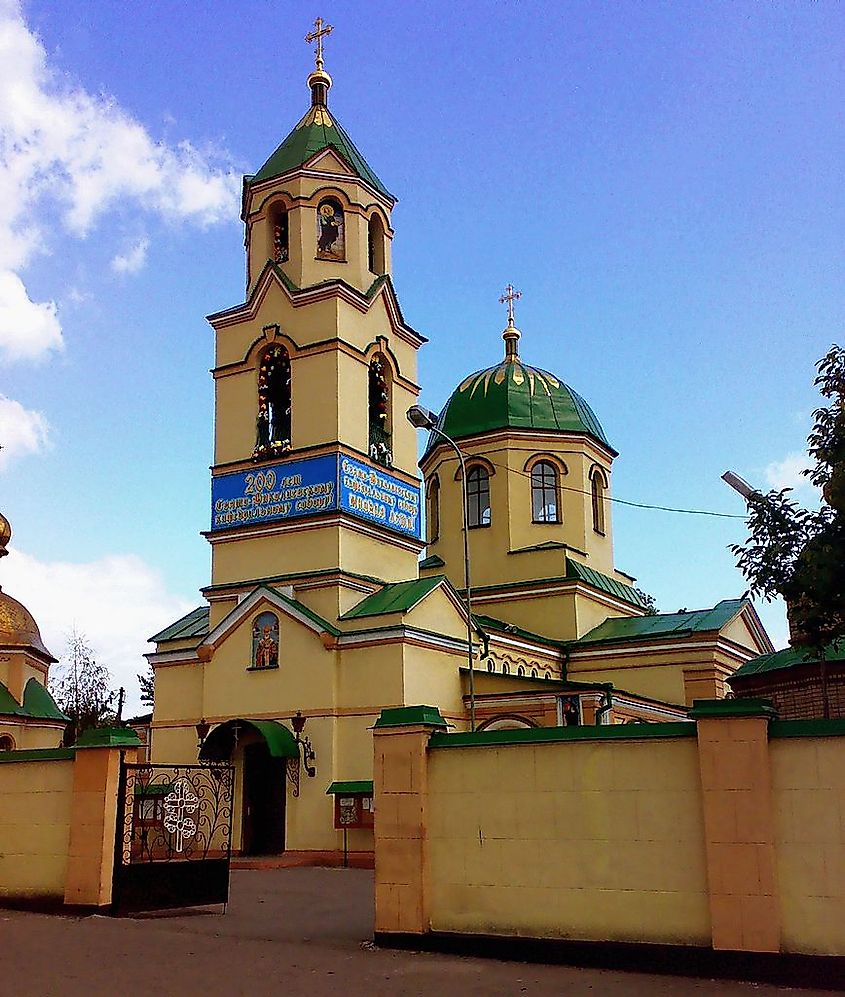
The six museums of Alchevsk include the Local History Museum (1967) with several halls and some 7,000 exhibits, the National Museum of the Metallurgical Plant History (1966) with documents, photographs and other exhibits on the plant through times, and the museum of the history of the Alchevsk Iron and Steel Works (1966). There are also two stadiums, three palaces of culture, three movie theaters, and a recreation center. The Palace of Culture of Metallurgists is the city's pride, hosting various cultural events during holidays, including folk art groups.
Revived with Mikhail Gorbachev's glasnost and Ukraine's independence, Alchevsk's oldest church, the Saint Nicholas Cathedral, originated as one altar in Vasylivka in 1808. Ninety-one years later, it was expanded with two transepts and side altars for the growing population. Closed and robbed after the Bolshevik takeover, it was used as a dairy in the 1930s, a hospital in the Second World War, and was opened for church service during the German occupation. It functioned under strict monitoring and restrictions following the Soviet return that only eased in 1990 with bells re-installed and a new bell-tower and cupola added in 1992 for its current grand design.
Other points of interest include the Lenin Square, the color-light fountain near the Palace of Culture of Chemists, the 30th Anniversary of Victory Square and its monument, the self-propelled gun SU-100 "The Tank," and the Limansky ponds. The 10 newspapers and 3 magazines published in the city just a decade ago have turned, post-2014, to one city's official newspaper, "Ogni," continuing in a Russian-language weekly edition that appeared under different titles: "Za kommunizm," "Ogni kommunizma." There is a 15-minute daily local newscast on the Alchevsk radio and "Asket" four times daily on TV.
Recent Events In Alchevsk
With the formation of the pro-Russian activists' group calling themselves the Alchevsk Guard in March 2014, they occupied the city hall on April 30, removing the Ukrainian flag and demanding the mayor to hold a referendum to transform it into "Luhansk People's Republic." Despite push-back from the pro-Ukraine activists, the pro-Russian forces held their own referendum on May 11 and prevented holding the May 25 Presidential election in the region. Upon seizing the local offices of the Security Service of Ukraine by June 6, the city came under the control of the "Don Cossacks." Active battles also took place in August with casualties and damage, although they did not reach the streets of Alchevsk as of yet.
Taking control of the industries, they faced difficulties maintaining operations and negative socio-economic feedback. Before 2014, Alchevsk was the second largest industrial producer in the oblast with its Metallurgical Complex and the Coke-Chemical Plant, also diversifying into construction and building materials, machine-building, wood-working, printing, clothing, and food products. For the lack of coke production, by 2021, the former plant stopped all of its blast furnaces.
Current Situation In Alchevsk
Putin's recognition of Donbas led to "cognitive dissonance," leaving the residents feeling as spectators waiting for something to unfold. While promised peace, the Luhansk authorities were drafting men into the army, and the entire male population was under conscription. Two weeks ago, The Moscow Times saw substantial amounts of military hardware and many personnel moving towards Ukraine, while the city of Alchevsk has already become a ghost town, with limited transport, no communication, lack of products, children evacuated, and many abandoning their homes themselves. With a curfew and no people on the streets, the remaining residents saw themselves stuck in a scary, anarchical place with no order.
The Russian forces moved into the two separatist-controlled regions, Donetsk and Luhansk People's Republic, on February 22, 2022, and a full-on attack on Ukraine occurred in the early morning of February 24. Although Alchevsk has not been targeted yet, the surrounding region incurred raids, including the Village of Golubovskoye. The pro-Russia rebel forces in eastern Ukraine control large parts of Luhansk and Donetsk, while the controlled news sources accentuate the fact that the attacks are coming from the Ukrainian side. With the rapidly developing events, the situation within the city may change in mere seconds.
With rebel-held districts in Luhansk, the Industrial Union of Donbas (ISD) fears it will lose control of the Alchevsk Iron & Steel Works and assets specializing in producing slab, billet and plate and represents the major portion of ISD's business. The erection of blockades on the railroads in eastern Ukraine has caused the Alchevsk Coking Plant to run idle since the start of the war due to the disruptions of raw material supplies. According to sources, the railway blockades were installed by Ukrainian pro-government militants to prevent the movement of supplies and products to and from the rebel-held areas.
